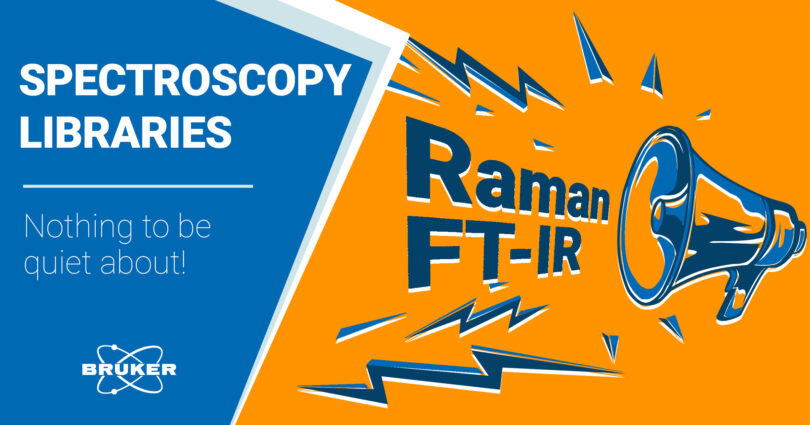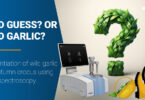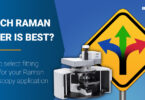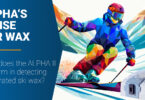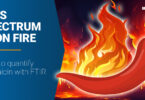What comes to your mind when you think of spectral libraries? Not too much probably. But when we think of traditional libraries, one classical picture might be in all our heads. An old, venerable building filled to the brim with old books and vast amounts of knowledge. Silence reigns, interrupted now and then by a suppressed cough.
30 years ago, spectral reference libraries were quite similar. People sat concentrated over printed out spectra and took notes and tried to understand IR and Raman bands.
Fortunately, this has changed and we want to take a closer look at how spectral reference Libraries for FT-IR and Raman spectroscopy have evolved.
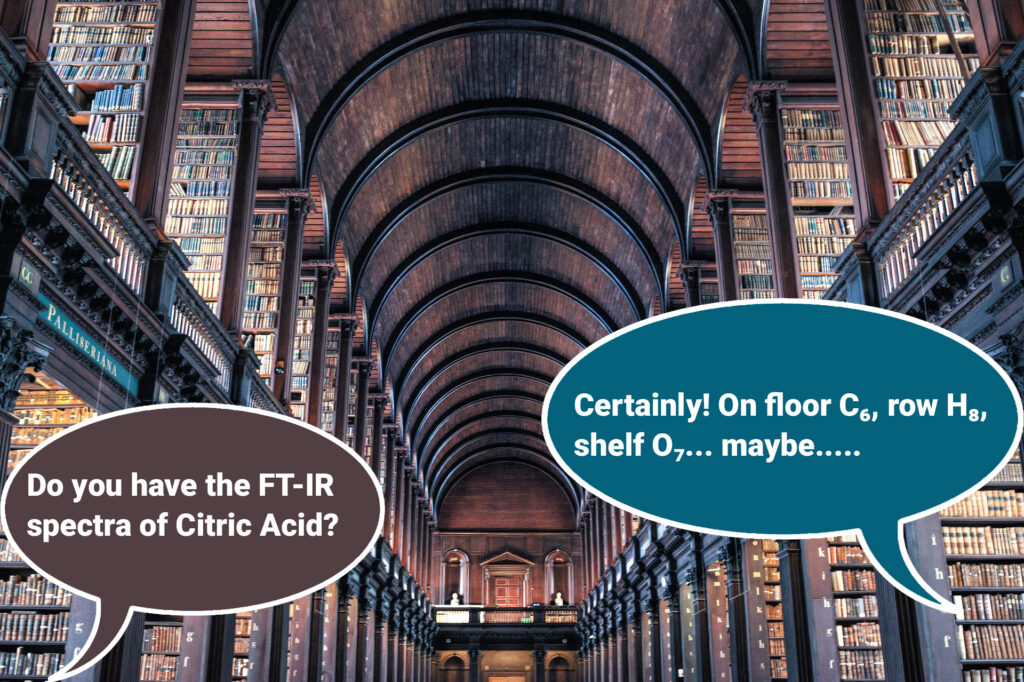
Where spectral libraries started
In the early days of spectroscopic investigation, experimental spectra had to be compared with printed reference data by hand. This usually happened by putting one spectra over the other and shining a light through both.
Of course, this was not only an enormous effort. The method was also quite error prone. Even experts were not always able to interpret the data correctly. BTW: mixture analysis was a true nightmare.
But those days are thankfully over. Today’s technology allows us to compare spectra electronically. An unknown spectrum is matched with a library containing thousands of entries in just a few seconds or minutes.
This could easily lead to the conclusion that „bigger“ also means „better“. But this is, quite frankly, not the case. One must understand the pros and cons of general, broader libraries and specialized, smaller databases.
Broad and general vs. small and specific
A broad, general spectral library is great when you have no idea what your sample could be. Such a library is Bruker’s ATR Complete Library.
It contains >26.000 high-quality IR spectra of common organic and inorganic substances. With this extremely high density of information, you can identify almost any common substance, or, at the very least, get an educated hint of what your sample could be.
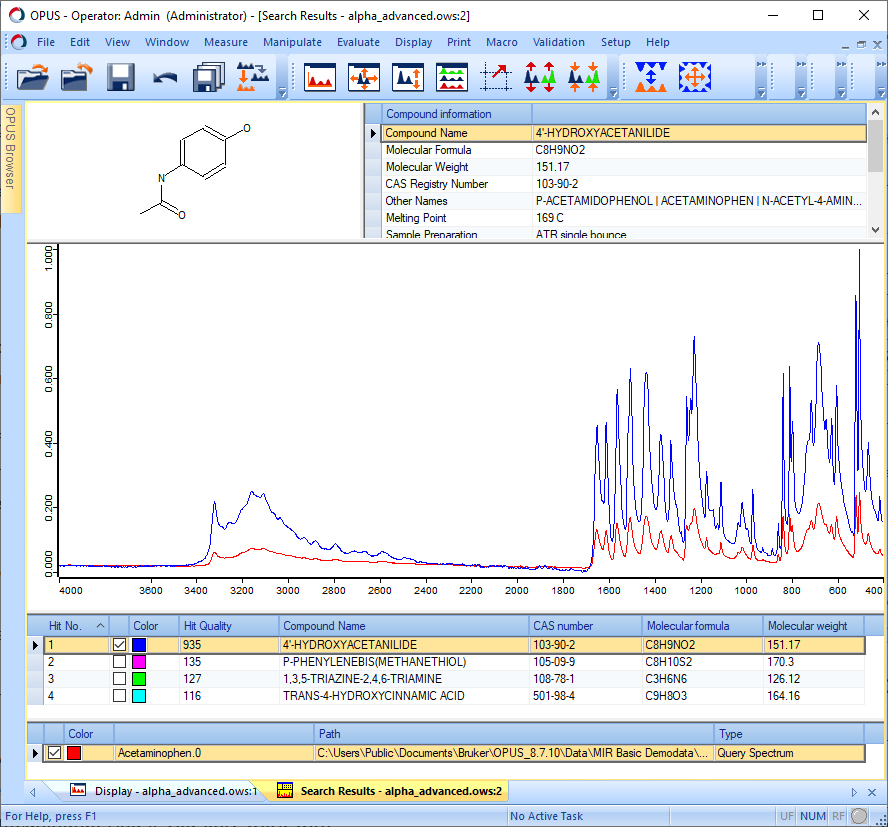
A downside of broad, general spectral libraries is that it can be very difficult to get an exact match for special, dedicated substances. Another problem can be the time needed to search such large libraries.
That’s were small, specific spectral libraries come into play. They are far easier to maintain and, more importantly, keep up-to-date. This especially pays off, when dealing with certain sample types over and over again. A fine example are polymer industries, were spectral quality and up-to-dateness of the reference data is far more important.
Imagine you are working as a polymer and plastics manufacturer. Constantly, you are confronted with new materials, blends, fillers and much more. Keeping up with this (analytically) is an almost Sisyphean task.
That’s why Bruker partnered up with the renowned Polymer Institute of Luedenscheid (KIMW) to provide a comprehensive and focused set of polymer references for IR and Raman spectroscopy. As the KIMW acts as a consulting body for the plastics industry, all samples are carefully selected and archived after measurement.
With every reference spectrum, there comes a ton of additional information that you won’t find in any other polymer library like melting point, density, hardness and many more.
To be continued…
As you can see, spectral reference libraries are an important and exciting topic. Because of its complexity it cannot be covered in one blog article. For this reason we will look at other topics that deal with spectral libraries during the year. Stay tuned for the next article!


